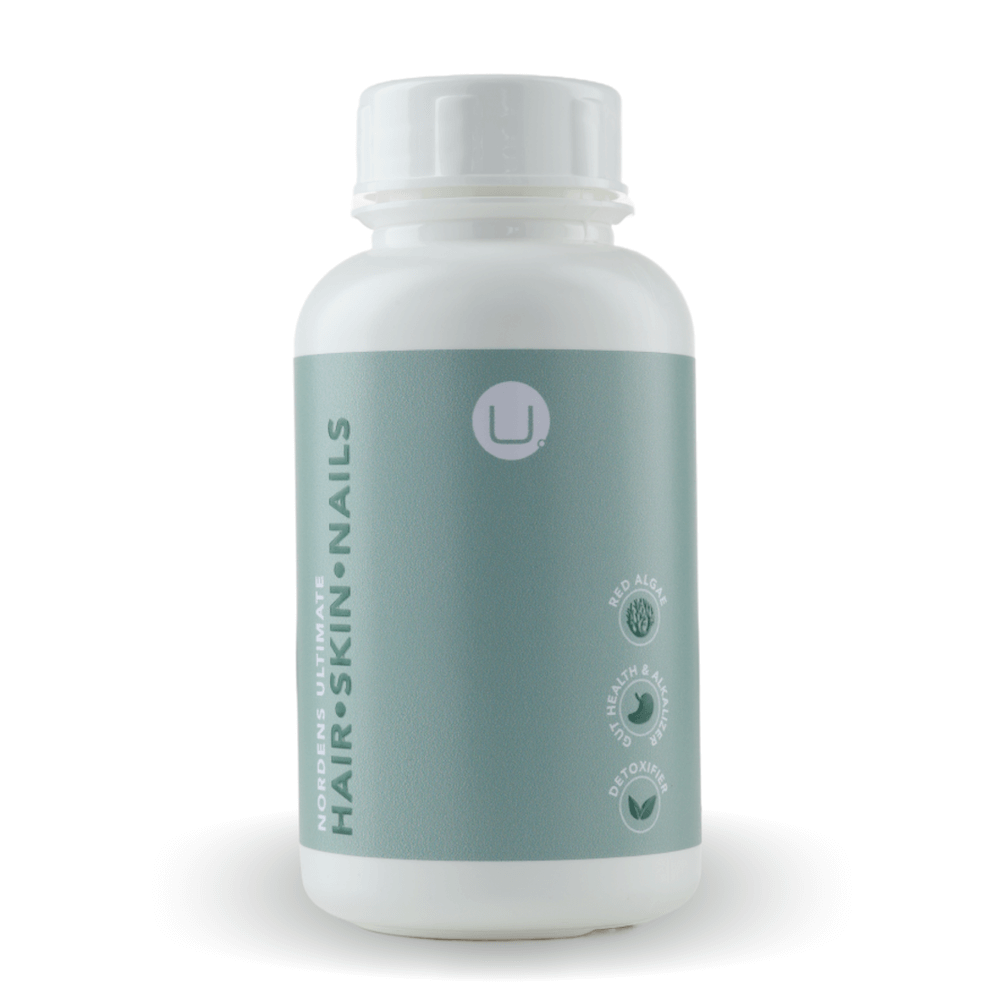- It's easier to calm the mind by calming the body first -
Imagine if your body parts could text message you? How would they alert you to what is needed?
You know what a hunger message feels like or whether you're hot or cold. And no one easily ignores tooth pain.
But what about the more subtle messages; that knee ache, lower back pain, frequent headaches, digestion issues, and the like?
The Language Your Body Understands
Rather than ignore the body's messages, try embracing them or if that’s too esoteric for you, just gently acknowledge the discomfort and soothe it. Your body listens. It is possible to work with your conscious and subconscious in a language your body understands.
Rather than ignore or overlook your aches and pains, take a moment and address it: 'Oh it’s that pain again. What might it be trying to tell me?’
Even if you don’t know what message your body is trying to send, just acknowledge it and comfort yourself. Just like a mother who may not immediately know what's wrong with her baby, simply holding the baby soothes and eases the pain. We instinctively rub the spot we hurt via bumps and bruising.
The Brilliance of Breathwork
The practices for using breathing techniques are many and they genuinely work. Making them a lifelong habit will see you transcend your triggers more successfully and will considerably lower negative reactions.
Fear drives the majority of negative emotions, and fear is a default setting in humans at this time. Simply acknowledging that we are afraid, reduces the power of the emotion:
‘Ah, hello fear, I see you. I’m not going to ignore you or suppress you by sweeping you under the carpet. I will take care of you by respecting your need to alert me. But I don’t need you, so I’ll just be bodily present with you and help you dissipate by mindfully breathing energy in to soothe and release you from me.’
Three Great Breathing Techniques
Short ‘snort’– One minute of this ‘snorting’ breath is worth an hour in stillness. It charges our electromagnetic field, purifies the bloodstream, and stimulates the pituitary gland. Great to use as it will bust through any emotional blockages. Much like loud sniffing, this is one of the fastest ways to relax our diaphragm. Take rapid in-and-out breaths through the nose only.
The Five-Step Word Drill – This covers five sets of breaths of a few inhalations and exhalations each, each accompanied by a word on the in-breath and another word on the out-breath.
- Take a few breaths, saying mentally;‘In’ on the inhalation, and ‘Out’ to exhale (bear with this).
- Take the next few breaths, saying ‘Deep’ to inhale (and as you do, let it go deep), and ‘Slow’ for the exhale.
- Take the next group of breaths, saying ‘Calm’ on the inhale, and ‘Easy’ for the exhale.
- This time, make sure we smile for the inhale, saying ‘Love’, and ‘Release’ for the exhale.
- Lastly, we use the inhale for centering, saying ‘Here’ in your in-breath, and ‘Now’ on the exhale.
Four-Seven-Eight Breath Ratio – This is a natural tranquilizer and brilliant for reducing stress and anxiety, leaving one calm and peaceful. It is also a cure for insomnia. Inhale through the nose to a count of four, hold the breath to a count of seven, and exhale to a count of eight through the mouth. Start twice a day with just four of these power breaths for the first month, then increase slowly to as much as eight. Anytime something is stressing us out, use this useful practice before reacting to any situation.
Have You Tried Havening?
‘Havening’, is an alternative therapy developed by the brothers Ronald and Steve Ruden. In short, it’s kind of ‘amygdala depotentiation’ that changes pathways in the brain linked to emotional distress.
The practice is based on the same principle of acknowledgment, touch, and comfort. A touch boosts serotonin production in your brain, which reduces tension, stress, and anxiety, opening the way to detach from traumatic memories or experiences. Here we go.
First, rate out of ten, your level of emotional distress, eight being high and two being low. Then describe your concern or feeling in one word, such as ‘scared’, ‘resentful’ or ‘angry.’
Second, clear your thoughts and apply your mind to something positive that also floods you with a sense of calm. Now you’re ready to begin self-havening.
- While you rub up and down on your own your arms with your hands, close your eyes and you’re going to count down from 20 to zero. On each count, imagine doing some sort of visually oriented task, such as walking up the stairs or taking items from a drawer. With each number counted, you’ll visualize taking one step or one item from the drawer.
- Open your eyes and cross your arms. Start a series of eye movements: look left, right, up, and down, now roll your eyes clockwise and then counterclockwise.
- Close your eyes and hum your favourite song or any comforting lullaby while gently stroking your forehead or arms. ‘Twinkle, twinkle little star’ works!
After those three easy manoeuvres, pause and re-rate your distress level. There’s no right or wrong here, so don’t fret if you’re still uptight. it’s just a way to kick in your awareness, ok?
Whatever your answer, even if your stress level has reduced somewhat, you need to repeat steps 1 - 3, with a different countdown visualization and a different song. This time you can relax your arms for the eye movement and forehead stroking part and you need to verbalise whatever comforts and reassures you: ‘You got this’ ‘I’ll be ok,’ ‘Almost there’.
Lastly, take a few really deep breaths, and on your exhale, say ‘Release’ - your body is listening and waiting for direction.
Assess your anxiety levels and repeat the above till you’ve released sufficient serotonin to counter your particular stress level at the time.
Don’t over-analyse the cause of your distress, just guide your body to deal well with it and restore you to a functioning, cognizant state, ready to tackle the day.
In short, this practice provides a ‘haven’ for yourself from which you emerge more resilient and less anxious. So, why not try it?
Seeds of Potential Emotion
Understand that emotions germinate like seeds from the subconscious to the conscious mind. We all have the potential for negative emotions. The seeds of fear, anger, and frustration are often just below the surface. When something triggers you personally, it’s like they’ve been watered and they start to germinate, breaking through the surface. You won’t manifest anger unless that seed or potential is watered.
Red Alert: Be aware that the book you read or the movie scene you watch, and even world news, waters emotions you intended to remain unsprouted, bringing into your conscious mind.
Summary: Working gently with techniques such a mindful breathing and self-havening reduce the negative emotions that manifest in your body can help you release fears, distress and anxiety.
Cognitive via breathwork and havening are uniquely complemented by natural supplements geared to cleanse, balance and assist your body to work along with your mind.
Feel free to explore the Cures & Creams online store for Mindset Mastery and Health Articles. Get yourself stocked with the natural remedies that are just right for you and your loved ones.
Take advantage of running specials, reward points and repeat order subscription benefits.
Disclaimer: This article is for informational purposes only and does not constitute professional medical or psychological advice. Please consult with a qualified healthcare professional for personalized guidance.





